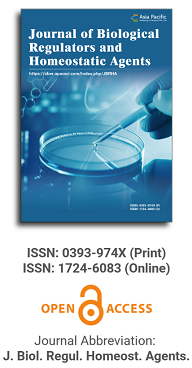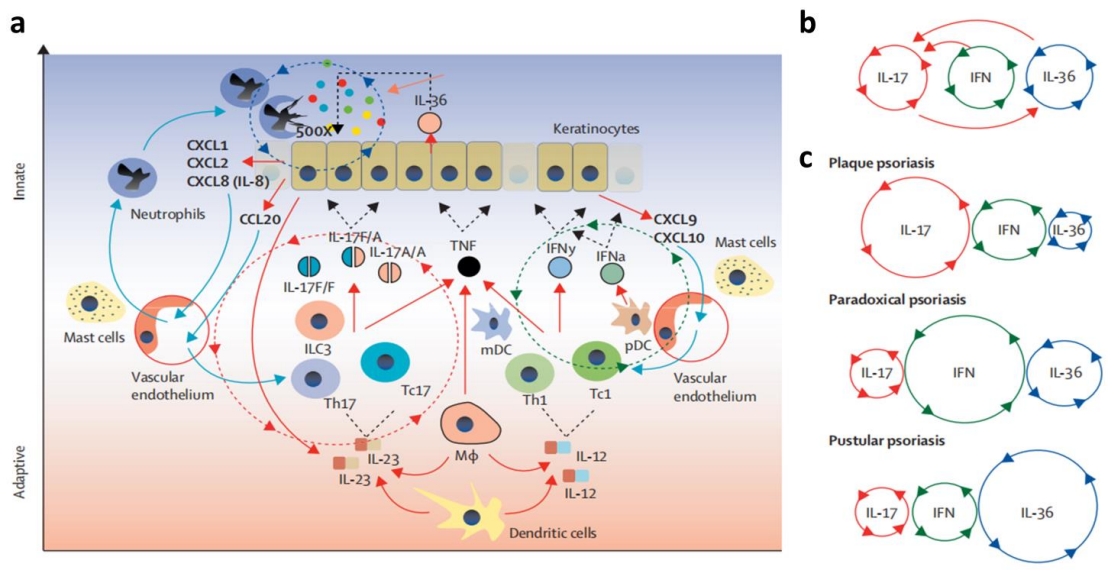
Asia Pacific Academy of Science Pte. Ltd. (APACSCI) specializes in international journal publishing. APACSCI adopts the open access publishing model and provides an important communication bridge for academic groups whose interest fields include engineering, technology, medicine, computer, mathematics, agriculture and forestry, and environment.

The metabolic effects of quinolones and steroids on human ligament cells: an in vitro study
Vol 34, Issue 5S1, 2020
Abstract
The toxic effects of fluoroquinolones and steroid on tendon cells have been well established, but their role on human ligamentocytes remain unclear. We have investigated the effects of ciprofloxacin and methylprednisolone on human anterior cruciate ligamentocytes after 7 and 14 days of culture. We evaluated cell viability, Annexin V-FITC/PI assay, senescence-associated β-galactosidase staining, and collagen type I detection. Regarding quinolones administration, we observed that ligament cells treated with ciprofloxacin have characterized by a significantly decrease of cell viability and collagen type I expression and an increase of apoptotic cells. In cells treated with high dose of steroid we observed a significantly decrease of cell viability and collagen type I expression and the presence of senescent cells. Therefore, ciprofloxacin and methylprednisolone might have cytotoxic effects on ligamentocytes by two distinct mechanisms. Quinolones seem to induce cell apoptosis, while steroids might be able to induce cellular senescence. Hence their use should be avoided in athletes and in orthopedic surgery
Keywords
References
Supporting Agencies
Copyright (c) 2020 P. Luciani, C. Bottegoni, S. Manzotti, G. Solfanelli, L. Farinelli, A. Gigante

This site is licensed under a Creative Commons Attribution 4.0 International License (CC BY 4.0).

Medical Genetics, University of Torino Medical School, Italy

Department of Biomedical, Surgical and Dental Sciences, University of Milan, Italy

